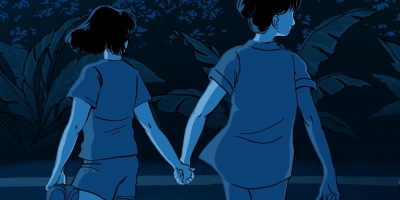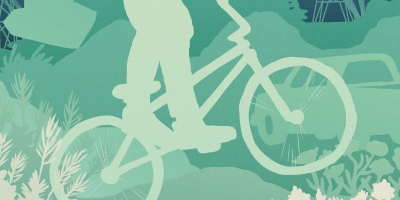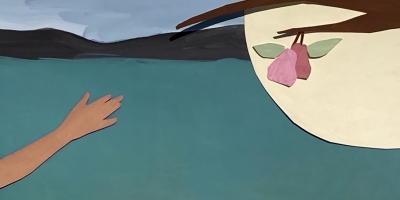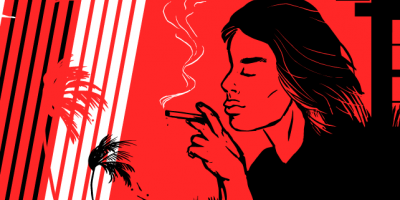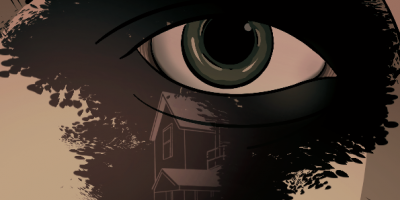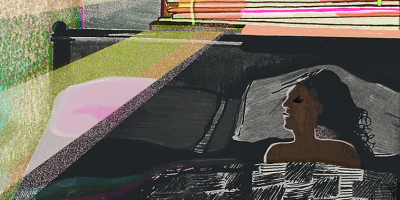Issue 17
Letter from the Editor
by Rebecca Rubenstein
Hello,
Not many people know this about me, but I really love modern dance. I’ll be the first to admit I understand little about it, though Pina and Talk to Her are two of my favorite films, and during my senior year of undergraduate, two friends (both actual dancers) and I collaborated on a piece where we, among other things, read Charles Simic’s poetry, smeared the juice of pomegranate seeds all over our faces, and otherwise riffed on a lot of stereotypes often attributed to student dance performances at liberal arts colleges. Despite this brief brush with the art form, I’ve remained a spectator. It’s a role I’m happy to play. Art needs its audiences in order to thrive, and I’m always down to be wowed by the grace of the human body.
Choreography is the thing that gets me the most. The composition of an evocative dance piece feels like magic: there is movement, there is gesture, and somehow, through a combination of both (and many other elements I don’t have the particular vernacular for), there is narrative. Modern dance is many things, but for me, the best kind tells a story. Even in the abstract, when there is a palpable connection between the dancers on stage, when there is a relationship between the ways their bodies inhabit that space, and when there is a signal towards negative space—the pockets those bodies do not take up—that is when I feel most energized. Because I can understand, on some level, that I am meant to read that something is happening. I am meant to feel it in my own body. And this is because someone—the choreographer—has sewn everything together so that I might understand and feel and draw a particular energy from it all.
I often think about dance when I read fiction and personal essays. The way a writer stitches together sentences to create something larger and more profound is not unlike the choreographer’s role. And the end result is not unlike a dance itself. Which is why I’ve taken a shine to a particular phrase—something that has echoed in my mind over the last year, especially: the choreography of language. It’s one of the highest forms of praise I feel I can offer a writer, to say the choreography of their language has left me in awe. Because it means they are doing something I recognize as a form of alchemy. They know how to wield words in such a way that sometimes surpasses my own understanding of the form. They are working at a higher level, not just of language but around it and within it. “How on earth did you do that?” I want to ask them. And also: “Can you teach me what you know?”
One of the true privileges of being an editor is to be left spellbound. Please commit to memory the names of the six writers in Issue 17: K-Ming Chang, Danielle Decatur, Rashi Rohatgi, Davon Loeb, Bethany Marcel, and Katie Antonsson. They are all choreographers of language who will leave you holding your breath and putting your hand to your heart. The worlds of their narratives will rock you. And during this long, long year—this tremendously difficult and endless time—we all deserve that. We all deserve to be shown what writing can do. How it can be. How it can live within us and around us and help us remember, if nothing else, that we are still alive.
Rebecca Rubenstein, Editor-in-Chief
